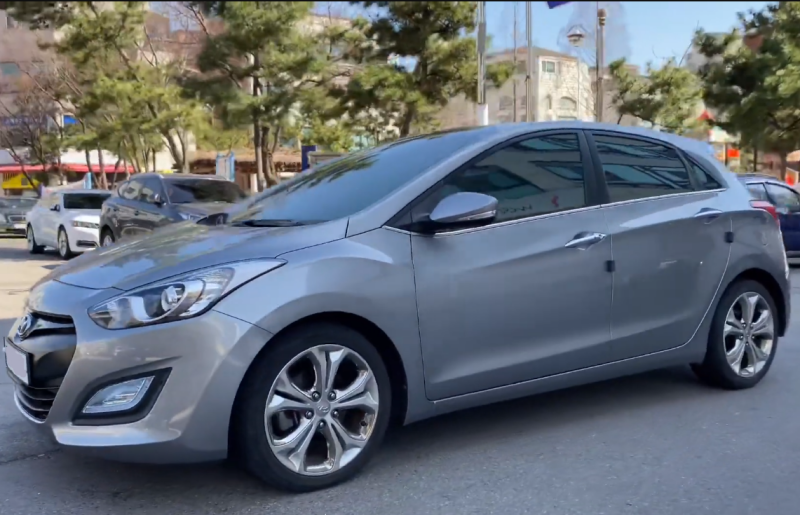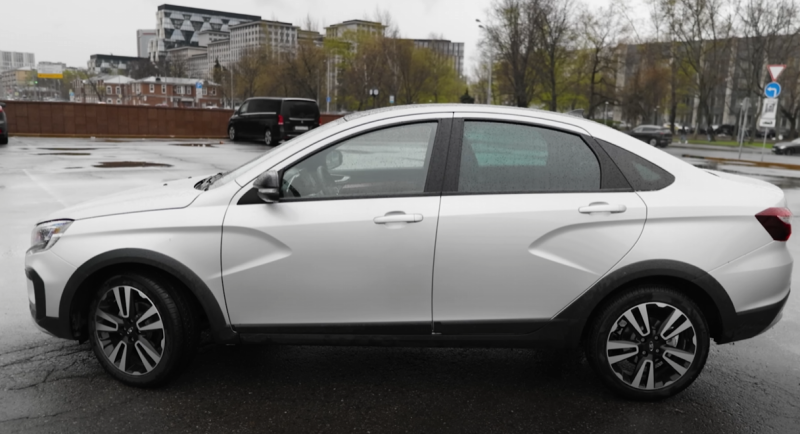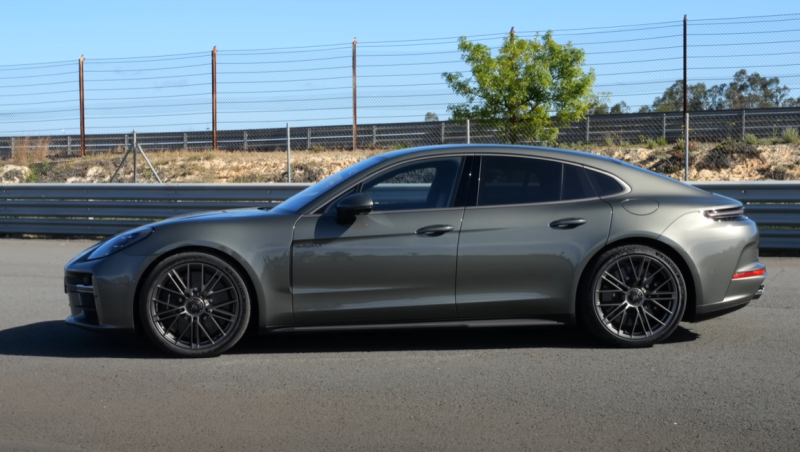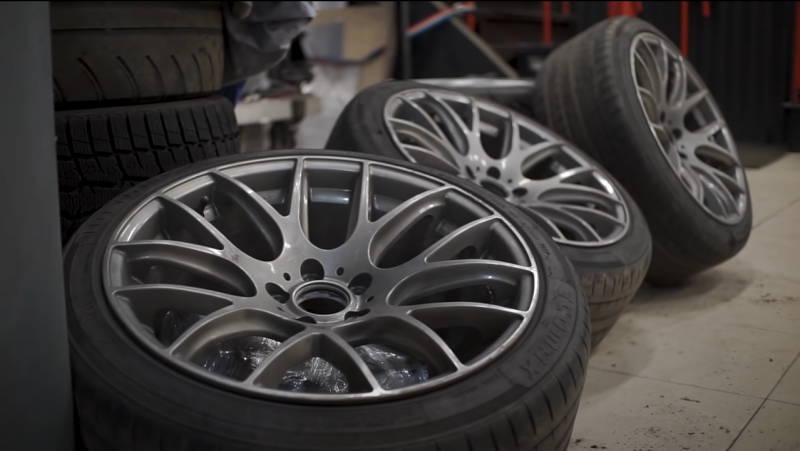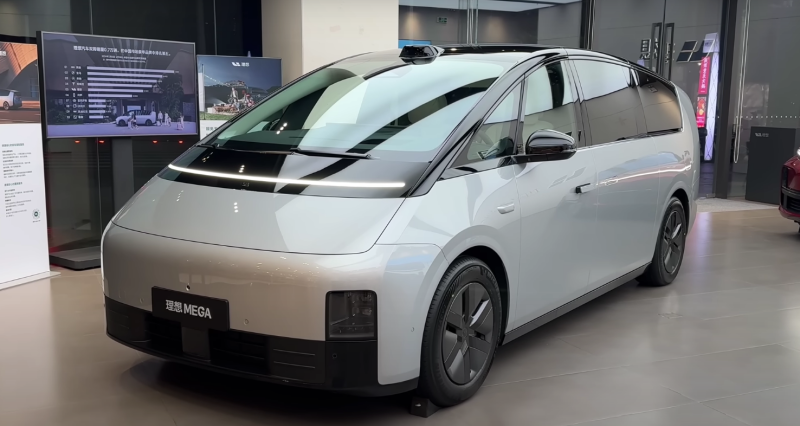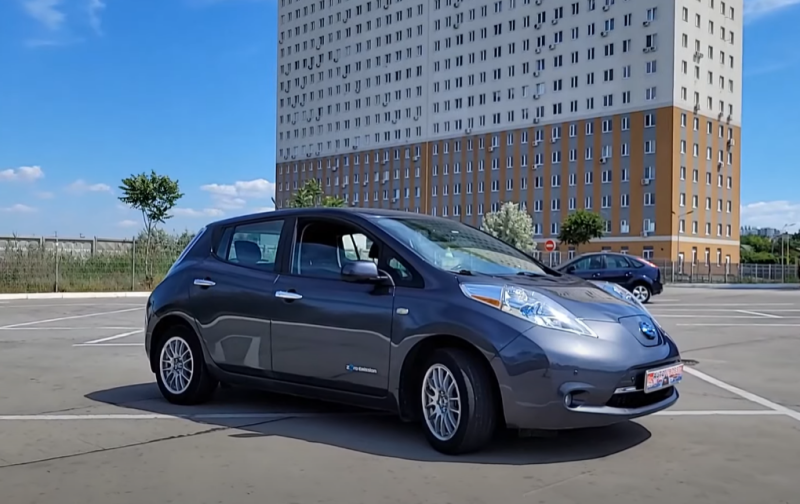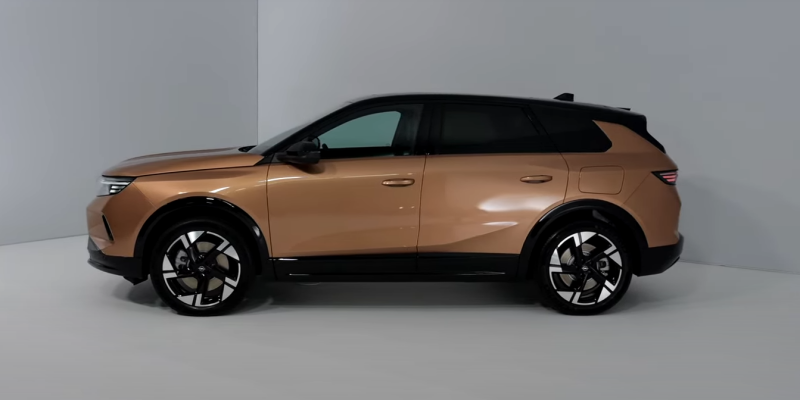Hyundai i30 is a direct competitor to Ford Focus, Mazda 3, Opel Astra, Citroen C4. But, most likely, the i30 engineers at one time set themselves the task of taking the Volkswagen Golf market share. If you are interested in premium segment hatchbacks, we recently reviewed the Audi A3.
Hyundai i30 engines and their disadvantages
The first generation hatchbacks were equipped with G4FC 1,6 liter and G4FA 1,4 liter petrol engines. Both have been produced since 2006 and are also installed on KIA Ceed and Rio, Hyundai i20, Solaris. The power of 1,4-liter engines is 109 hp. s., 1,6 l units - 128 “horses”. G4FC consumes about 8,1 liters of fuel in the urban cycle, and 6,1 liters in the mixed cycle. For G4FA these figures are 7,6 l and 5,9 l, respectively.
These are reliable engines, but not without their shortcomings. On the G4FC, the problem of scoring in the cylinders is common. Fuel injectors begin to make noise over time. The timing chain on both engines does not have a declared service life, but in fact it often stretches after 100-150 thousand kilometers. The design shortcomings of the G4FC and G4FA motors include the absence of hydraulic compensators in the cylinder head.
 Under the hood of the Hyundai i30. Photo: YouTube.com
Under the hood of the Hyundai i30. Photo: YouTube.comThe second generation station wagons were equipped with G4FG and D4FB engines, and the hatchbacks were equipped with G4FG and G4FA engines. G4FG is a 1,6-liter engine, which was also installed on Solaris, Elantra, Creta, Rio. The 4-cylinder 16-valve internal combustion engine is considered an updated version of the G4FC. From his
Compared to its predecessor, this version is distinguished by an improved design of the oil pump and the presence of a second phase regulator at the inlet. Features of the G4FG include an updated intake manifold with a VIS geometry changing system. However, hydraulic compensators never appeared, and the problem with scuffing also remained.
D4FB engine problems
D4FB - diesel unit with a capacity of 128 hp. pp., meeting Euro-5 standards. The engine is equipped with a Bosch Common Rail fuel system, has an aluminum 16-valve cylinder head and a cast iron block. The weak point of the engine is the turbine. On the first cars they failed after 30 thousand kilometers. Great luck if it worked 100 thousand km. In those years, the manufacturer replaced the turbines under warranty. Before a breakdown, 5-10 thousand km, this unit usually whistles, but it can fail abruptly, without preliminary “symptoms”.
On station wagons produced since 2009, the problem with the turbine has been solved. Most likely, the manufacturer updated the firmware of the control unit, as a result of which this unit on the i30 began to work in a more gentle mode. A faulty turbo can cause serious engine problems. If it starts to drive oil into the intake or exhaust manifold, this will lead to an increase in engine fluid consumption. In some cases, a turbine can consume up to 400 g of lubricant per 1000 km.
 Relay and fuse box for Hyundai i30. Photo: YouTube.com
Relay and fuse box for Hyundai i30. Photo: YouTube.comAt first, this will cause oil starvation of the engine, and subsequently can lead to its failure. If lubricant leaks into the intake, there is a risk of water hammer. On the 1,6 engine, the intercooler is located vertically. This allows oil that enters it from the turbine to collect in it. Before water hammer occurs, the lubricant will accumulate for a long time, but there is still a risk.
If your Hyundai i30 has a sudden decrease in traction, the problem may be due to damage to the boost sensor wiring. On station wagons, the harness with cables leading to this controller is pressurized. Due to vibrations during movement, one or more wires will eventually wear out and break. On D4FB engines, problems can be caused by a pressure sensor that is installed on the fuel rail. It is designed to bleed off excess fuel, and in the event of a breakdown, the engine starts hesitantly.
The engine sometimes has difficulty starting due to worn glow plugs. The problem is accompanied by a light smoke from the muffler, which can be seen immediately after starting. The timing drive on the D4FB is equipped with two chains. Already at 120 thousand km they stretch. The problem is accompanied by a characteristic knocking noise from under the hood.
Weak points of i30
The paintwork of the Hyundai i30 2012-2016 can be called one of the weak points. Despite the stated thickness of more than 100 microns, it is covered with scratches and chips, which can lead to corrosion. This process occurs quickly on the trunk lid, doors (where they come into contact with the body), around the windows and brake lights. To protect the paintwork, it is recommended to regularly polish the body and avoid contact with sharp objects.
The weak point of the Hyundai i30 brake system is the delamination of the tubes connecting the ABS unit and the master cylinder. This leads to reduced braking efficiency, especially when driving downhill. The only option to avoid the problem is regular diagnostics and timely replacement.
 In the engine compartment of a Hyundai i30. Photo: YouTube.com
In the engine compartment of a Hyundai i30. Photo: YouTube.comGearboxes on the Hyundai i30 rarely cause problems for owners, but they also have their weak points. On cars with a manual transmission, the clutch basket petals weaken over time. This is manifested by a characteristic metallic grinding sound when driving in reverse gear. Sometimes you need to adjust the speed selection mechanism. To do this, dismantling and disassembling the manual transmission is not required. Owners also note oil leakage from the gearbox through the seals.
Some weak points of the chassis:
✅ shock absorber bumpers “run” no longer than 40 thousand km
✅ toe rods require replacement after 50-60 thousand km
✅ rear wishbone silent blocks fail after 50 thousand km
The suspension on hatchbacks and station wagons is quite stiff. It provides good stability for the car, but when driving on uneven roads you will feel all the holes. The combination of independent multi-link rear suspension and front McPherson struts allows you to maneuver and corner at high speed without the risk of losing control.
The weak points of the second generation i30 include the power steering. Due to design flaws in the operation of the electric amplifier, knocking appears over time. The interior of hatchbacks is not made of expensive materials; plastic begins to creak and rattle. Due to poor sound insulation, you will hear the engine running.
Prices
The cost of the Hyundai i30 depends on a number of factors, including the year of manufacture, configuration and equipment, mileage, and technical condition. First generation cars (2007 - 2010) cost on average 600-700 thousand rubles. For hatchbacks and station wagons of the II series (2012 - 2015), you need to pay about 1-1,2 million rubles. “Newer” cars (2017 – 2018) cost about 1,4-1,6 million rubles. Restyled hatchbacks and station wagons of the third generation, produced since 2020, can be found with a price tag of at least 2 million rubles.
 The length of the Hyundai i30 hatchback is 4245 mm. Photo: YouTube.com
The length of the Hyundai i30 hatchback is 4245 mm. Photo: YouTube.comHyundai i30 is a reliable compact car, characterized by decent build quality and a relatively affordable price (when compared with the same “Germans” or “Japanese”). This is a good option for those who, given the market is filled with the Chinese automobile industry, do not want to switch to cars from the Middle Kingdom.
